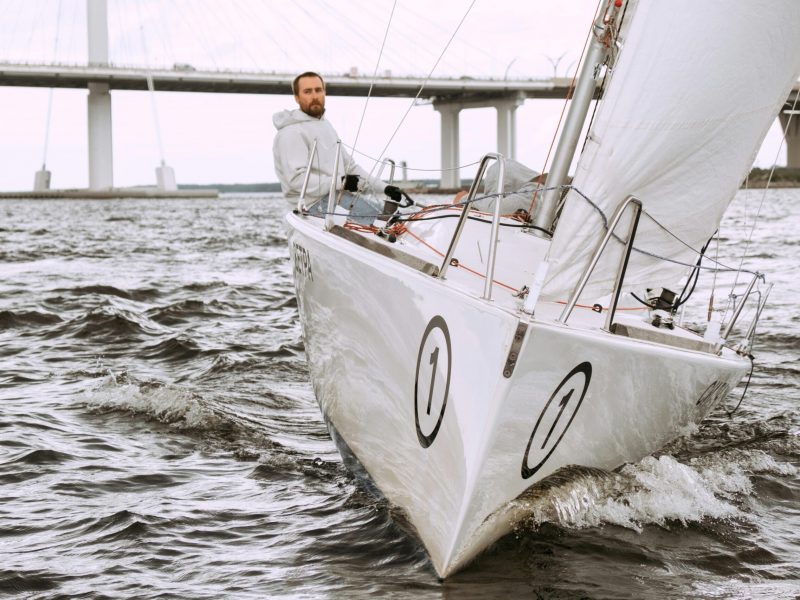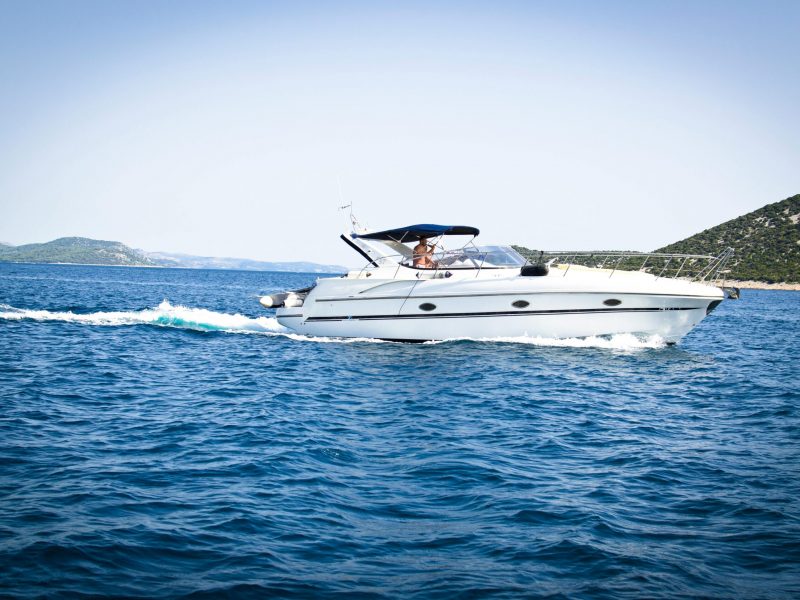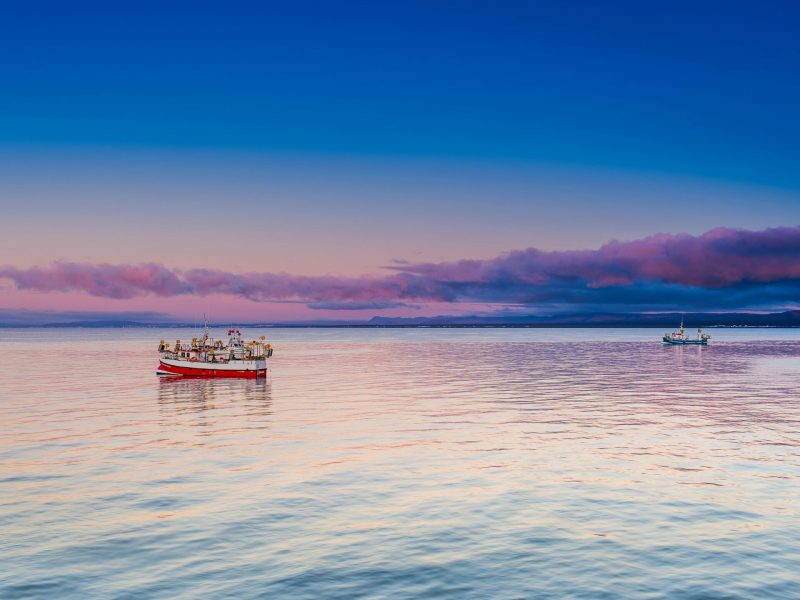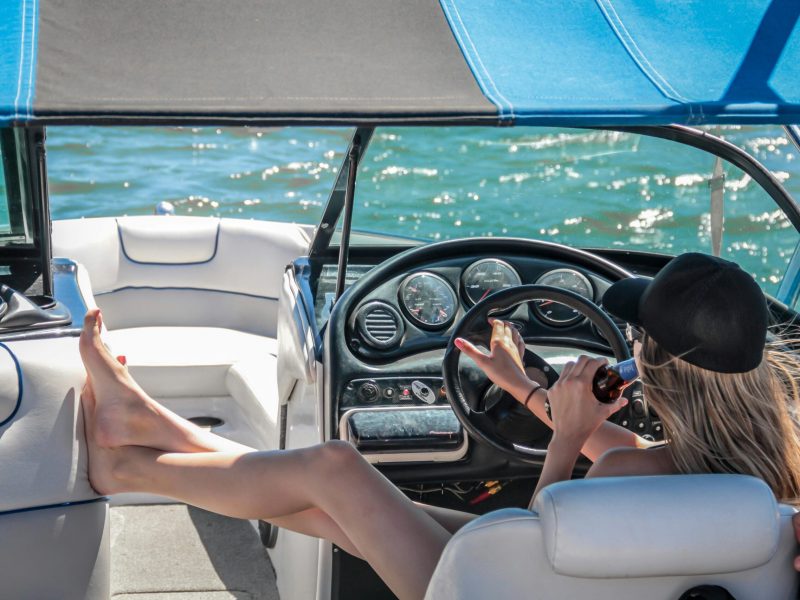The level and time of waves are basic variables in marine climate. Wave level alludes to the upward distance between the wave's peak and box, while the period is the time between progressive waves.
Bigger waves and more limited periods make unpleasant, rough oceans, which can be troublesome and awkward to explore.
Sea flows, driven by tides, wind, and water temperature, can either help or thwart your advancement.
Knowing how to explore with or against flows is fundamental for productive and safe travel on the water.
Haze can frame rapidly, particularly close to the coast, and make route troublesome, expanding the gamble of crashes with different vessels or deterrents.
Precipitation lessens perceivability as well as make surfaces tricky, convoluting boat taking care of and expanding the potential for mishaps.
Marine weather conditions estimates give the particular data expected to design protected and charming sailing trips.
Outrageous temperatures can influence both your solace and well-being. Cold water temperatures essentially increment the gamble of hypothermia assuming that somebody falls over the edge, while warm weather conditions can prompt parchedness or heatstroke on the off chance that legitimate safety measures aren’t taken. Climate forecasts are frequently isolated into explicit geographic regions called marine zones. These zones give designated gauges that are pertinent to your area, so it’s vital to check the figure for the specific region where you’ll boat.


The weather conditions can change quickly on the water, and these progressions can essentially influence your wellbeing and solace. From unexpected tempests to changes in twist course, knowing how to peruse and decipher marine weather conditions is significant for any boater. This nitty gritty aide will investigate the fundamental parts of marine climate, how to precisely decipher weather conditions estimates, and the prescribed procedures for remaining protected in different circumstances.
Exploring the untamed water requires expertise in dealing with your vessel as well as a profound comprehension of marine climate.
Give close consideration to any twist alerts in the estimate, like little art warnings, hurricane admonitions, or tempest alerts.
A more limited wave period frequently brings about choppier oceans, while a more extended period shows smoother, more reasonable circumstances.

The figure will give wind speed and heading, commonly estimated in tangles and degrees comparative with genuine north. Contrast this data and your arranged course to evaluate what the breeze will mean for your excursion, including any changes you could have to make.
A few applications offer ongoing marine climate information, including wind conditions, wave levels, tides, and radar pictures. Famous applications like Breezy, NOAA Marine Climate, and PredictWind give nitty gritty data that can be gotten to in a hurry, assisting you with settling on informed choices while on the water. The wave figure will incorporate the normal wave level and period. Understanding these elements assists you with expecting the ocean state you’ll experience. In certain areas, marine figures incorporate current forecasts. Understanding the bearing and strength of flows can assist you with arranging your course more successfully, saving time and fuel.

Present day boats frequently come furnished with instruments that give constant information on wind speed, bearing, and other basic climate related measurements. Getting to know these devices and utilizing them to screen conditions during your outing is fundamental for keeping up with situational mindfulness.
